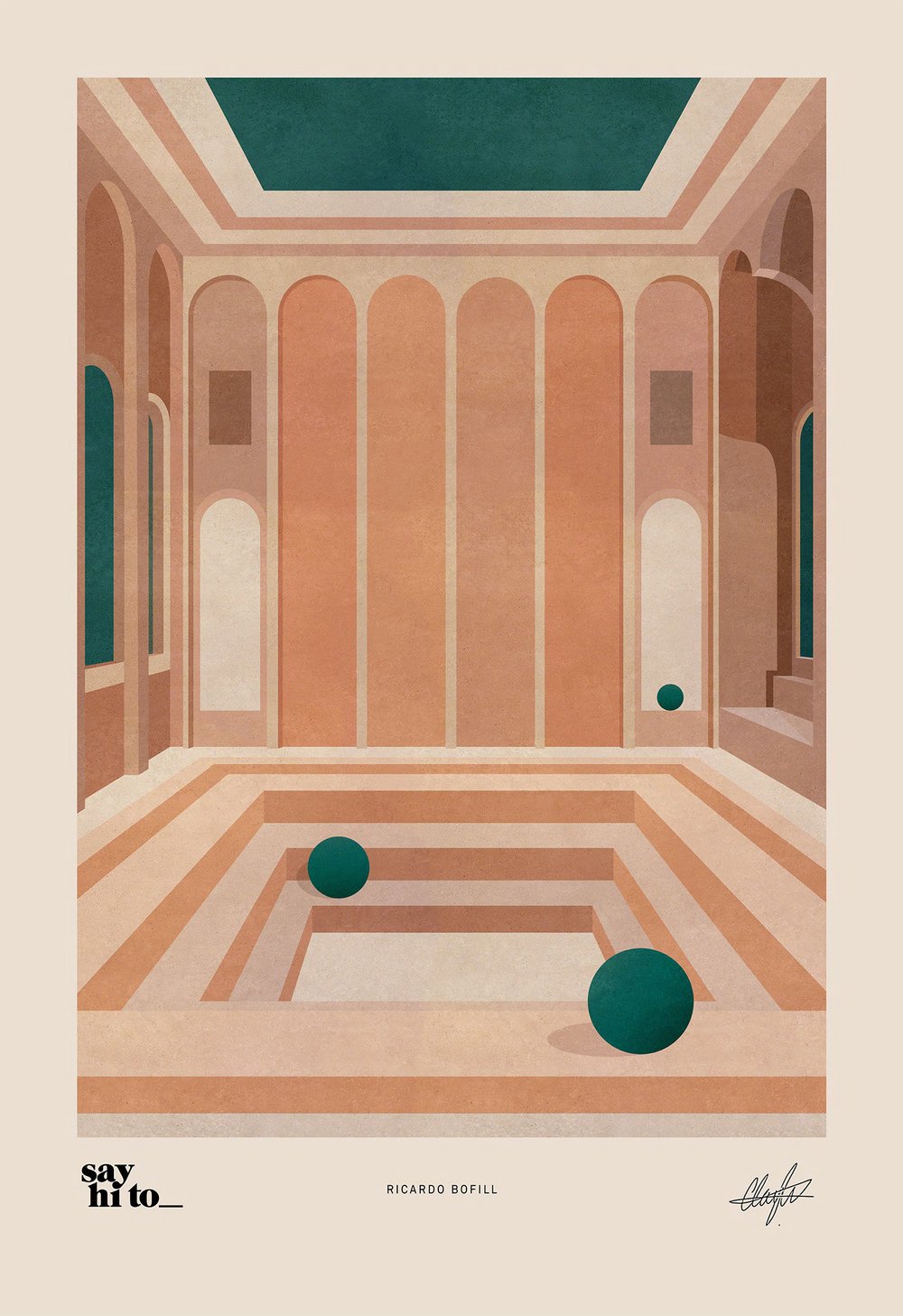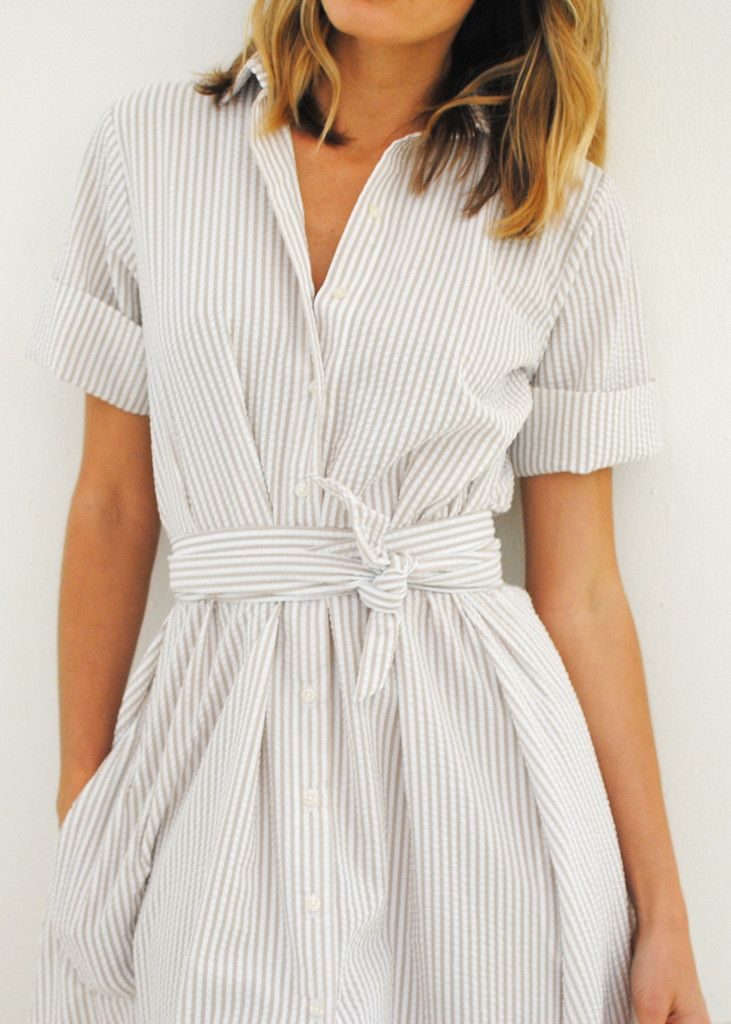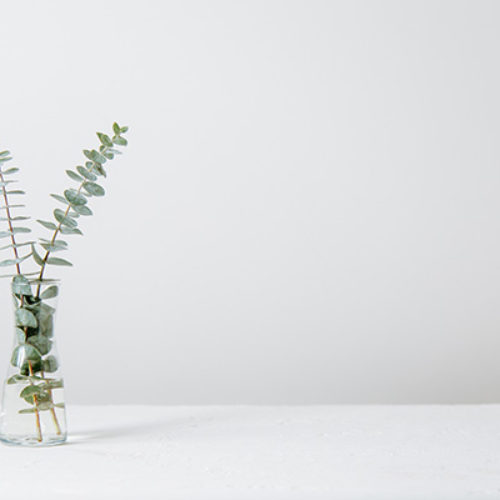If you’ve ever felt frustrated about having nothing to wear or dreaded getting dressed, it might be time to simplify your closet. Embracing closet minimalism made a surprising improvement to the quality of my everyday life. By building an intentional wardrobe, I was able to spend less time, effort and money on clothes while enjoying the clothing I did own even more.
Creating an intentional wardrobe does require a bit of upfront work and commitment, but the benefits accrue steadily over time. Below is my guide to a simple closet.
Keys to Building An Intentional Wardrobe
Steps to creating an intentional wardrobe:
- Have a Goal
- Closet Clean Out
- Evaluate
- Organize and Organize Some More
- Fill Gaps Intentionally
Below I’ll go over each step I use to build an intentional wardrobe in depth.
Step 1: Have a Goal
Take a second to pinpoint why you want to redo your wardrobe. Are there situations where you feel like you have nothing to wear, and if so, when are they? Do you want to save time getting dressed? Or has your lifestyle changed, and you’re craving a style update? No matter your specific reason, getting clear on why you want to build a more intentional wardrobe will help you save time and money when making decisions on what to keep or add.
I first became curious about building a more intentional closet when I started working full-time after college and realized I had drawers stuffed with clothes but nothing that felt right for the office or to wear out after work with friends. My goal was to simplify and refine my closet, with fewer but more versatile pieces that could transition easily between the different parts of my day.
Think about what your ideal closet would look and feel like, and keep that image in your mind as your move through the other steps.
Step 2: Closet Clean Out
Now that you’ve figured out what you want to accomplish, it’s time to go through your existing clothes and get rid of any pieces that you no longer wear or need. I recommend making sure your laundry is done and that your clothes are semi-organized before decluttering, so you have an accurate picture of everything you own.
I prefer to declutter in bursts, going by categories and pulling out 10-20 pieces at a time. You might prefer creating one big Marie Kondo style pile on the bed and tackling it in one go. Just try not to overwhelm yourself and find yourself with a big pile of clothing on the bed when it’s time to go to sleep.
Start by separating out any staple items that you wear frequently, and put them back into your closet. Next pull out the easy “definitely go” items that don’t fit well or match your current lifestyle, or are worn and stained beyond repair. Create one bag for items that you’ll sell or donate, and another for worn out items. Worn out clothing can be make excellent cleaning cloths and rags, or dropped off at a local textile collection bin for recycling.
For items that need repair or alteration to wear, evaluate if it’s really worth your time and money to have it tailored. If you don’t want to commit to mending or altering, consider adding it to the donate pile.

Step 3: Evaluate
After you’ve done a closet clean out, it’s time to further evaluate everything that’s left. With a full length mirror, some good lighting and a good playlist, it’s time to try on your clothes.
Mix and match pieces to put together a outfit combinations for work, school, socializing and lounging over the next few months. Have a little fun and experiment with pairing different items to create fresh looks, all while asking yourself:
- Does this fit and do I feel good when wearing it?
- Are there other items in my closet that can I wear this with?
- Can I visualize myself wearing this in the next week/month or year?
- Is this piece worth my time and energy to maintain?
This step is also great for highlighting any essentials your wardrobe might be missing.
For items where you’re unsure about whether or not to keep, it’s helpful to channel Marie Kondo and ask yourself “Is this something I want to take with me into the future?” If not, give it a heartfelt “thank you”, and add it to the pile of clothes to donate or sell.
Step 4: Organize
Organization is key to a simpler and more streamlined closet. A place for everything and everything in its place might sound cheesy, but a specific spot for every piece of clothing you own is the secret to a well-organized and easy-to-use wardrobe. Knowing where things go is a tremendous time saver!
I sort clothes by category, grouping all dresses, blazers, long sleeves, t-shirts, button downs, jeans, etc., and loosely color coordinating within the groups. I hang most tops and bottoms, with the exception of sweaters and heavy dresses (so the shoulders don’t stretch out) which I keep folded in drawers, along with lingerie, active wear, lounge wear and socks.
Create Seasonal Collections
Putting away out of season clothes helps keep your closet neat and organized, and makes it easier to see what you have available to wear. In Los Angeles, where it’s warm from March all the way through to October, I rotate seasonal items in the spring and fall.
Step 5: Fill Gaps Intentionally
After cleaning out your closet, you might have discovered that there are a few gaps in your wardrobe. While there are no rules to building a closet that works for you, it can be helpful to start with a foundation of staple pieces in neutral tones (black, grey, navy, cream) that can be dressed up or down. My wardrobe essentials are good denim, cotton dresses, tailored black pants, a few ribbed tanks and high quality basic tees for layering, a versatile blazer, and woven sweaters in natural fabrics.
When purchasing new items, be specific about what purpose each new addition will fill, and how it will pair with the clothes you already own.
Research your purchases ahead of time, and look for quality construction and materials that will last multiple seasons. Check out resale shops and secondhand markets for high quality pieces at a lower cost.
Experiment With Your Personal Style
Experiment with the shapes, fabrics, and colors that give you pleasure when wearing them, and find ways to incorporate them into your looks. Accent pieces like a striped shirt, a leopard print, or graphic tees can help create new looks out of your staple pieces.
Personal style is a mix of different influences and constantly changing, so never feel like you can’t wear certain looks or feel pressure to stick to a certain style.
I like to flip through old fashion magazines or create mood boards on Pinterest to find a mix of colors, outfits, and images that evoke an idea of how I’d like my ideal closet to feel. My summer/fall mood board is filled with shades of terracotta and emerald, clean lines and natural fabrics, with touches of silk and plaid. It feels pulled together and comfortable.
Final Thoughts
Building an intentional wardrobe can free up your time and make getting dressed a more fun and fulfilling experience. With a little time and organization, you can transform your closet to work seamlessly with your life!
Do you have any tips or guidelines you apply when curating an intentional closet? I’d love to hear from you in the comments!





